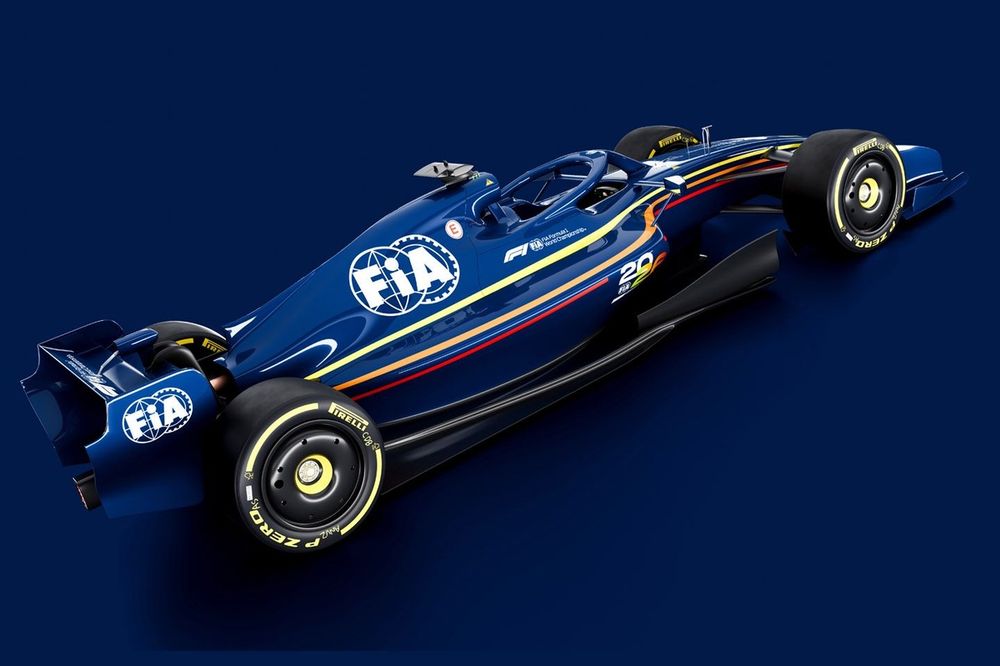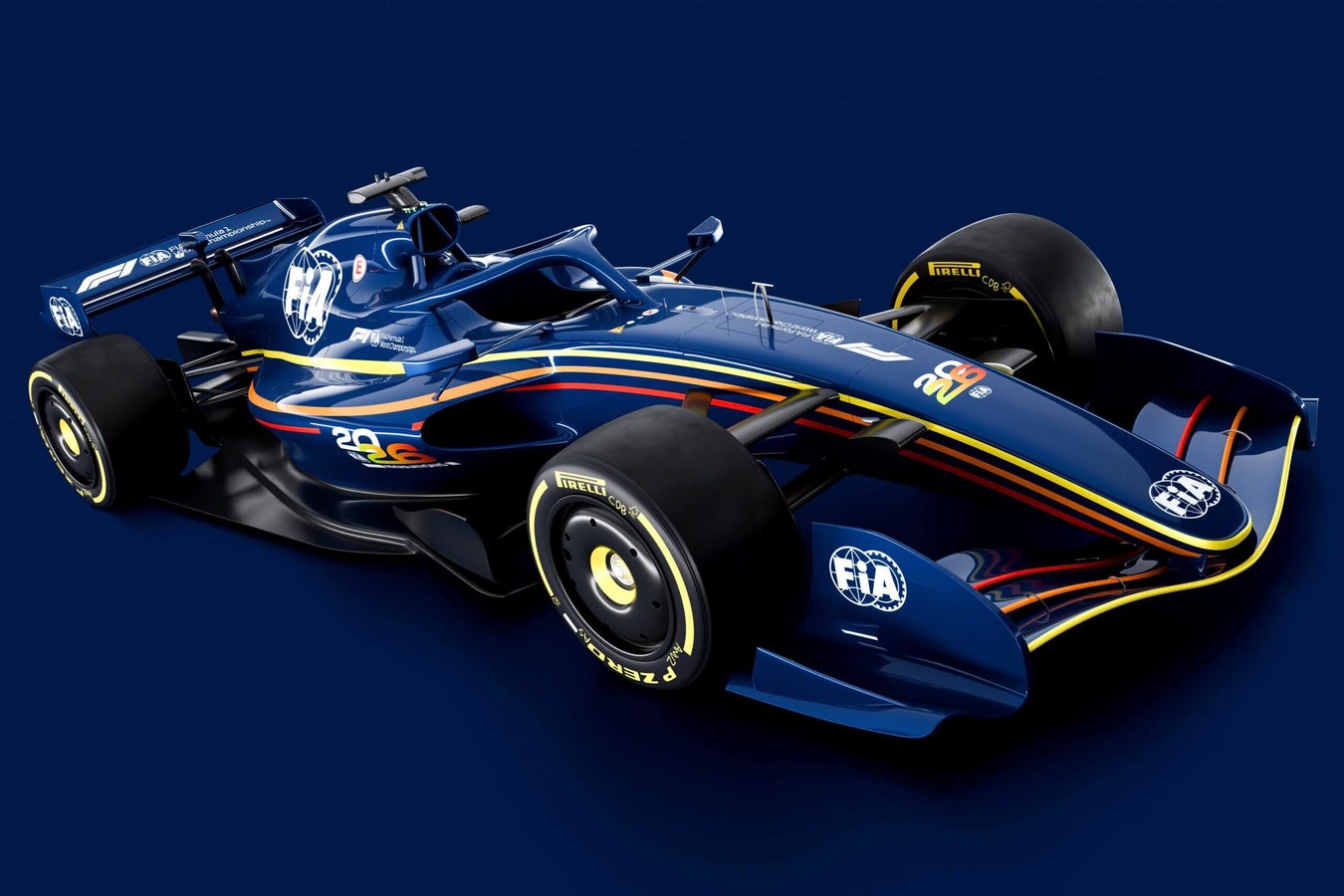The recent changes to the 2026 Formula 1 regulations have introduced major design shifts, with McLaren’s Andrea Stella and Williams’ James Vowles expressing optimism about the impact on car performance and creative freedom. Stella emphasized that the updated regulations grant teams significantly more downforce potential and allow more freedom in car design. This freedom is expected to lead to greater design diversity among teams, encouraging innovation and competition by allowing teams to better leverage their knowledge and experience in car development.
Williams’ team principal Vowles shared Stella’s enthusiasm, explaining that these changes are not only beneficial for individual teams but also for the sport as a whole. According to Vowles, the adjustments enable teams to take varied design approaches, which could lead to more unique car designs across the grid. This freedom allows for different aerodynamic setups and gives teams the chance to explore alternative ways to control airflow, which ultimately contributes to higher downforce levels and performance enhancements.

The FIA, represented by Nikolas Tombazis, anticipates that the 2026 cars will perform comparably to current cars, potentially only two seconds slower per lap despite the regulatory overhaul. This improvement is attributed to the advanced aerodynamic configurations and increased downforce made possible by the new rules. Furthermore, the introduction of brand-new power units and chassis by 2026 represents a substantial shift that teams have been preparing for and are eager to begin officially developing.
Stella noted that design freedom is an aspect McLaren has long supported, as it enables teams to apply their technological knowledge and expertise more creatively. This change encourages differentiation, as teams no longer have to conform to overly restrictive guidelines. According to Stella, this approach will allow for a more varied and competitive field, as each team can focus on unique concepts to gain a performance edge.
Vowles added that the collaboration between the FIA and teams in reaching this regulatory framework was crucial. He praised the FIA’s responsiveness in addressing areas needing refinement, such as the diffuser, which plays a key role in aerodynamics. The expectation is that the 2026 cars will display a range of concepts, diverging from the current trend of near-identical designs. Vowles believes this increased variety will make the sport more exciting, as teams explore diverse design strategies to compete effectively.

